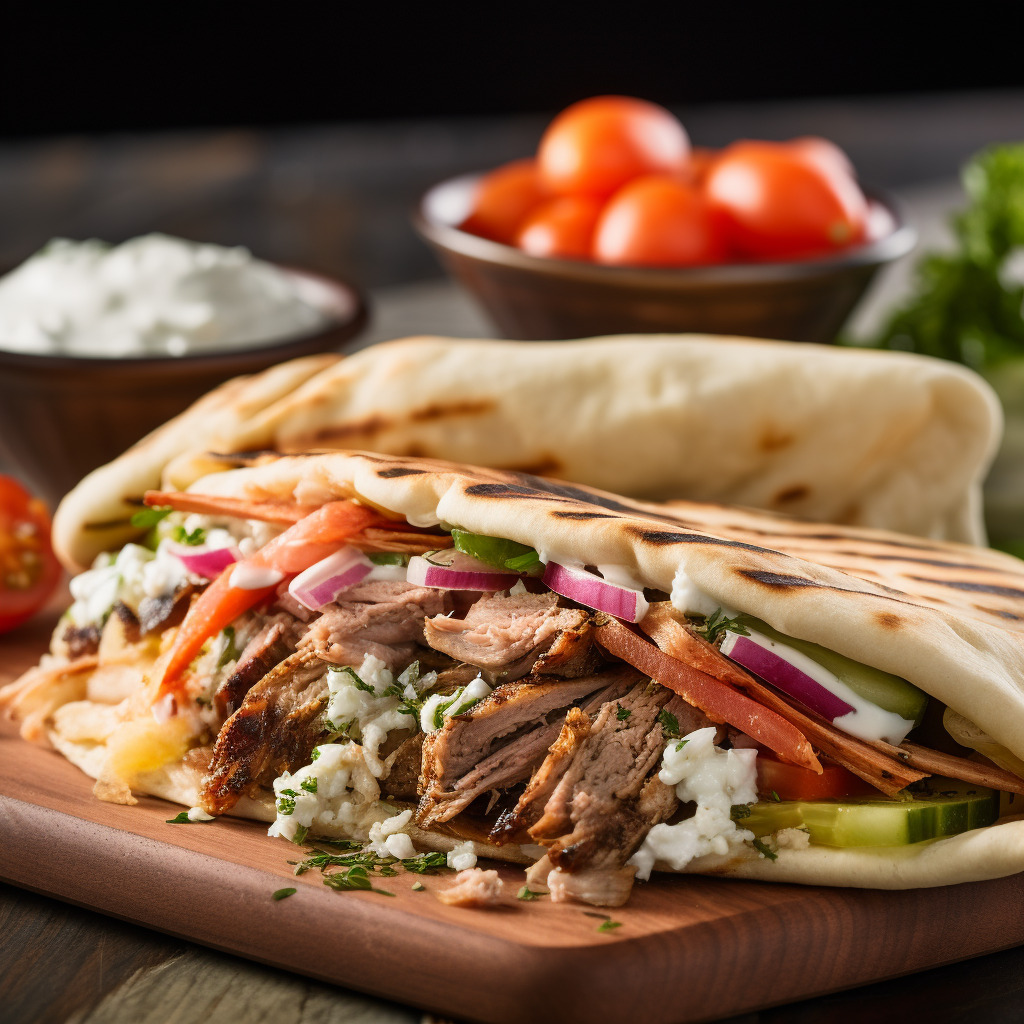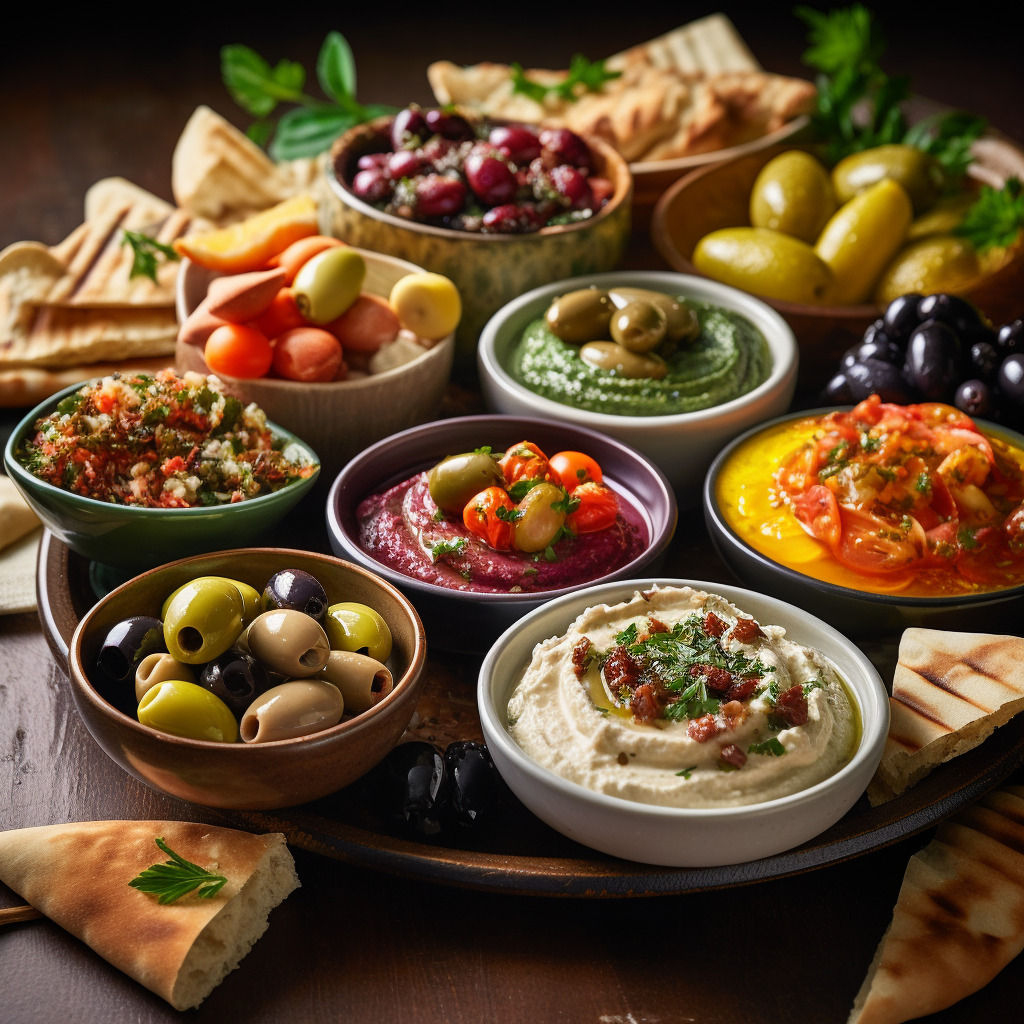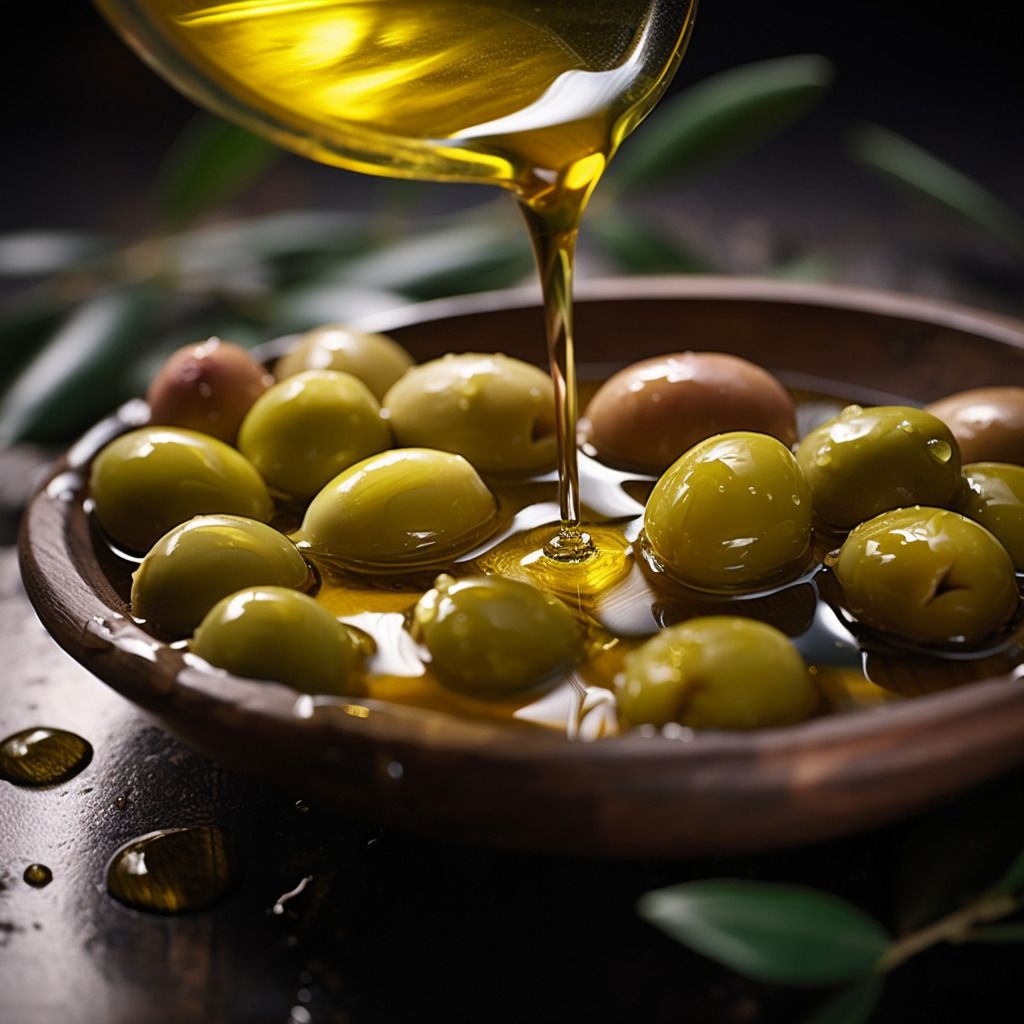The vibrant heart of Mediterranean street food lies in the delectable delight known as the gyro. But exactly what is a Greek gyro? It is a harmonious symphony of flavors and textures, a testament to the simplicity and refinement of Greek cuisine.
A traditional Greek gyro is a dish that perfectly exemplifies the cultural significance of food. Its roots can be traced back to the workers of the Ottoman Empire who grilled stacks of meat vertically, a practice that would evolve into the quintessential cooking method for gyros.
The key ingredient, and one might argue, the soul of the Greek gyro, is the succulent meat. To discover what goes into a Greek gyro, one must understand its components. The meat, traditionally pork in Greece, is marinated in a tantalizing mix of herbs and spices, stacked onto a skewer, and slow-cooked on a vertical rotisserie. As the outer layers of the meat become perfectly charred, they are thinly sliced, resulting in pieces that are crispy on the outside but tender and juicy on the inside.
This delicious fare is then lovingly nestled within a soft, warm pita bread. The accompaniments often include a refreshing mix of tomatoes, onions, and tzatziki, a creamy, tangy yogurt-based sauce that is a cornerstone of Greek cuisine. The end result is a mouthwatering medley of flavors that is both satisfying and delightfully messy to eat.
The Greek gyro is an exemplar of traditional recipes. It carries the torch of Greek culinary heritage, serving as a delicious reminder of the region’s history and cultural influences. While global cooking techniques have allowed the gyro to take on local adaptations, its essence remains quintessentially Greek.
Every bite of a gyro transports one to the sunny, breezy Mediterranean landscapes, a testament to the power of food in transcending geographical boundaries. As we explore the question of what is a Greek gyro, we delve into a rich tapestry of culinary tradition and history, each component narrating a story of its own.
Preparing a gyro at home might seem daunting, but with a bit of patience and the right ingredients, it is an achievable feat. By understanding what goes into a Greek gyro, you embark on a culinary journey, connecting with the heart of Greek cuisine and culture.
So, next time you bite into a Greek gyro, remember that you’re not just savoring a dish; you’re partaking in a slice of history, a tradition passed down through generations, and a celebration of Greek culinary heritage. Embark on this journey of creating your own gyro at home and taste the tradition, the history, and the love that goes into making one.
Greek-Inspired Brunch: A Feast Fit for the Gods
Sustainable Cooking: Reducing Waste in Your Greek Kitchen
Captivating Greek Wines: Toasting to Ancient Vines
Meze Madness: The Art of Greek Appetizers
Mouthwatering Greek Desserts: Beyond Baklava
The Ultimate Guide to Greek Olive Oil: Liquid Gold in Your Kitchen
Copyright © 2023 www.gyroshousetx.com
720 W Division St, Arlington, TX 76012
(817) 460-4824






